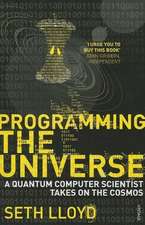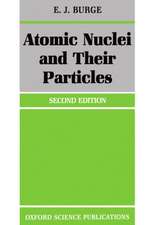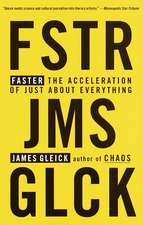Statistical Thermodynamics of Semiconductor Alloys
Autor Vyacheslav A Elyukhinen Limba Engleză Paperback – 12 ian 2016
Semiconductor alloys, including doped elemental semiconductors are the basic materials of solid-state electronics. Their structural stability and other characteristics are key to determining the reliability and lifetime of devices, making the investigation of stability conditions an important part of semiconductor physics, materials science, and engineering. This book is a guide to predicting and studying the thermodynamic properties and characteristics of the basic materials of solid-state electronics.
- Includes a complete and detailed consideration of the cluster variation method (CVM)
- Provides descriptions of spinodal decomposition ranges of crystalline alloys
- Presents a representation of thermodynamics characteristics and properties as a miscibility gap by using the different approximations of CVM
- Covers a unique, detailed consideration of the valence force field model with the complete collection of formulas
Preț: 525.02 lei
Preț vechi: 687.54 lei
-24% Nou
Puncte Express: 788
Preț estimativ în valută:
100.46€ • 104.69$ • 83.18£
100.46€ • 104.69$ • 83.18£
Carte tipărită la comandă
Livrare economică 27 martie-10 aprilie
Preluare comenzi: 021 569.72.76
Specificații
ISBN-13: 9780128039878
ISBN-10: 0128039876
Pagini: 224
Ilustrații: black & white illustrations
Dimensiuni: 152 x 229 x 14 mm
Greutate: 0.34 kg
Editura: ELSEVIER SCIENCE
ISBN-10: 0128039876
Pagini: 224
Ilustrații: black & white illustrations
Dimensiuni: 152 x 229 x 14 mm
Greutate: 0.34 kg
Editura: ELSEVIER SCIENCE
Cuprins
Chapter 1. Semiconductor Materials
Chapter 2. Elements of Thermodynamics and Statistical Physics
Chapter 3. Regular Solutions
Chapter 4. Cluster Variation Method
Chapter 5. Submolecular Regular Solutions
Chapter 6. Valence Force Field Model and Its Applications
Chapter 2. Elements of Thermodynamics and Statistical Physics
Chapter 3. Regular Solutions
Chapter 4. Cluster Variation Method
Chapter 5. Submolecular Regular Solutions
Chapter 6. Valence Force Field Model and Its Applications

















